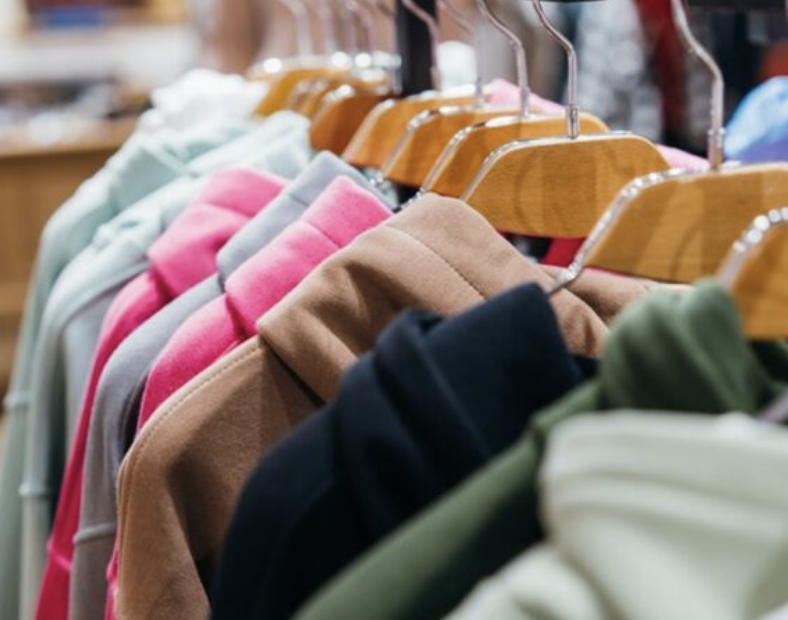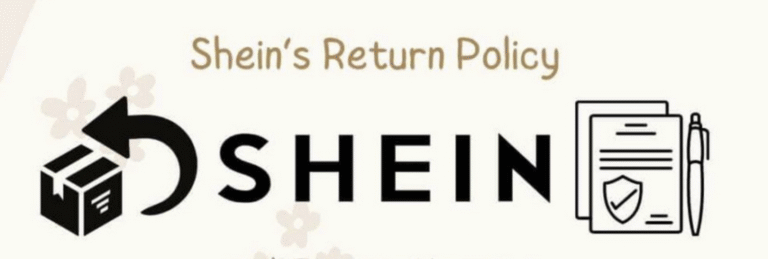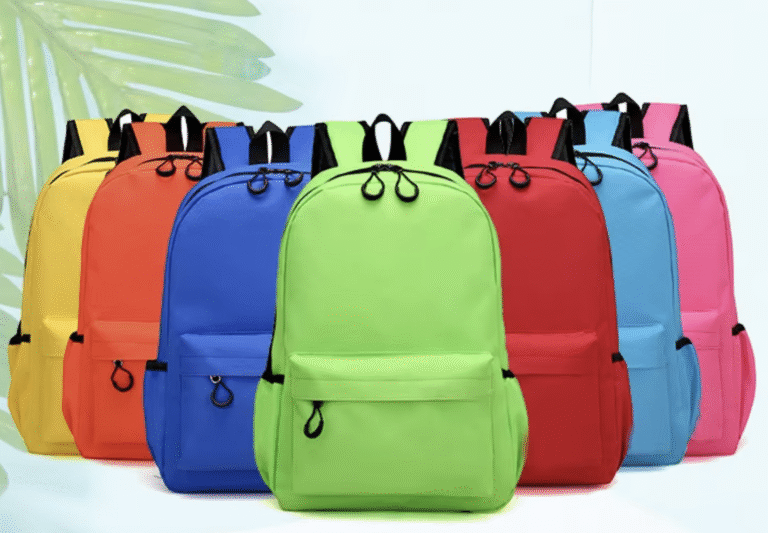10 Types of Hoodie Materials You Should Know: Read This Before You Buy
Ever bought a hoodie that looked amazing online—but felt scratchy, shrank after one wash, or didn’t keep you warm? That’s why understanding hoodie materials is so important.
Whether you’re shopping for yourself or sourcing products for your clothing brand, the fabric matters more than you think.
From the softness of cotton to the stretch of spandex and the warmth of fleece, every material offers a different experience.
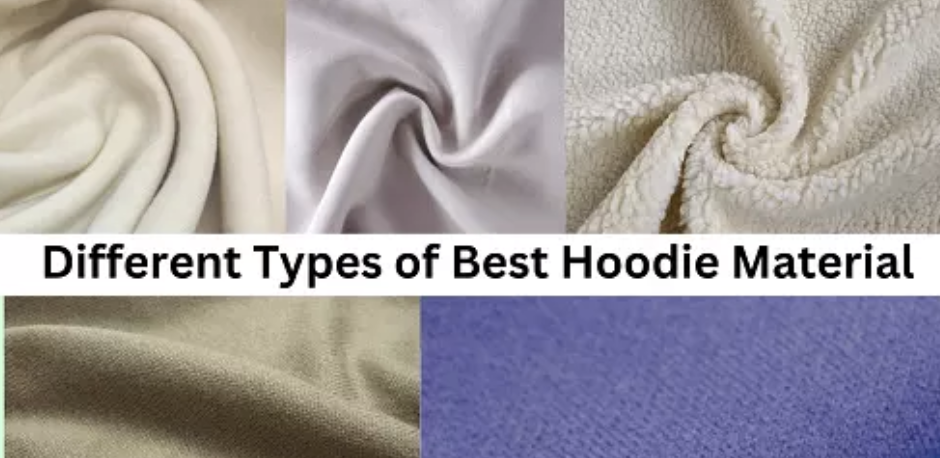
And if you’re planning to order hoodies in bulk or manufacture them under your own brand, choosing the right fabric can make or break your product’s success.
In this guide, we’ll break down the 10 most common hoodie materials, their pros and cons, and which one fits your needs best. So, if you’re thinking of buying or producing hoodies—read this review before you buy.
Table of Contents
Why Hoodie Materials Matter
Not all hoodies are created equal—and neither are their fabrics.
When it comes to hoodies, the material directly impacts:
- Comfort: Softness, breathability, and how it feels against your skin
- Durability: Will it pill, fade, or shrink after a few washes?
- Warmth: Some materials insulate heat better than others
- Purpose: Gym wear vs. streetwear vs. lounging
The wrong fabric can lead to sweaty workouts, itchy skin, or a hoodie that falls apart after a month. On the flip side, the right material will last for years, maintain its shape, and deliver a great wearing experience.
Different Materials Serve Different Needs:
- Cotton is soft and breathable—great for everyday wear.
- Fleece is cozy and insulating—ideal for cold weather.
- Polyester is moisture-wicking—perfect for sports and outdoor use.
- Blends combine the best of each.
Whether you’re a buyer or a fashion entrepreneur, choosing the right material is the first step to finding (or creating) the perfect hoodie.
Overview Table: Comparison of Hoodie Materials
| Material | Best For | Warmth | Breathability | Durability | Eco-Friendly |
|---|---|---|---|---|---|
| Cotton | Everyday comfort | Medium | High | Medium | Yes |
| Fleece | Cold weather | High | Low | High | No |
| French Terry | Athletic and casual wear | Medium | High | High | Yes |
| Polyester | Sports, techwear | Low | Medium | Very High | No |
| Cotton-Poly Blend | Streetwear, print brands | Medium | Medium | High | Partially |
| Recycled Fabrics (RPET) | Sustainable fashion | Medium | Medium | Medium | Yes |
| Wool | Winter, high-end products | Very High | Low | High | Yes |
| Bamboo | Soft, breathable loungewear | Medium | Very High | Medium | Yes |
| Spandex/Elastane Blend | Slim-fit, activewear | Low | High | Medium | No |
| Nylon | Outdoor, techwear hoodies | Medium | Low | Very High | No |
10 Types of Hoodie Materials

1. Cotton
Cotton is one of the most popular and versatile materials used in hoodies—and for good reason. It’s a natural fiber known for its softness, comfort, and breathability.
Why Choose Cotton?
- Hypoallergenic and gentle on skin
- Breathes well in warmer climates
- Takes dye well, meaning vibrant colors
- Excellent for screen printing and embroidery
Cotton hoodies feel great and drape nicely on the body. They’re perfect for daily wear, casual streetwear, or lounging at home. And if you’re creating a brand, 100% cotton hoodies are often easier to market to comfort-conscious customers.
Drawbacks:
- Tends to shrink after the first wash (unless pre-shrunk)
- Not the best insulator in colder climates
- Prone to wrinkling and mild pilling over time
Pro Tip: Look for ringspun or combed cotton, which offers a softer, more premium feel.
2. Fleece
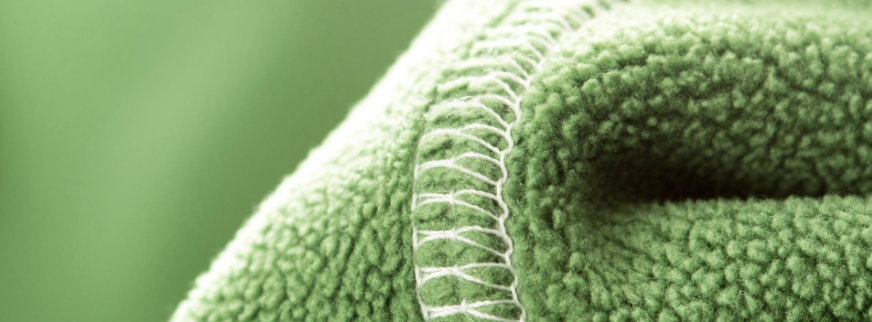
Fleece hoodies are all about warmth and coziness. While technically made from polyester or a poly-blend, fleece refers to the soft, brushed interior that feels plush against your skin.
Why Choose Fleece?
- Excellent insulation for winter
- Fast-drying and moisture-resistant
- Lightweight despite its warmth
- Affordable and easy to care for
Fleece hoodies are ideal for cold-weather layering, camping gear, and winter fashion collections. The fuzzy lining adds a thermal element without adding bulk.
Drawbacks:
- Can feel less breathable than cotton
- May pill with frequent washing
- Not eco-friendly (unless made from recycled fibers)
Use Case: Great for hoodies designed for winter sales, outdoor brands, or sportswear lines targeting colder climates.
3. French Terry
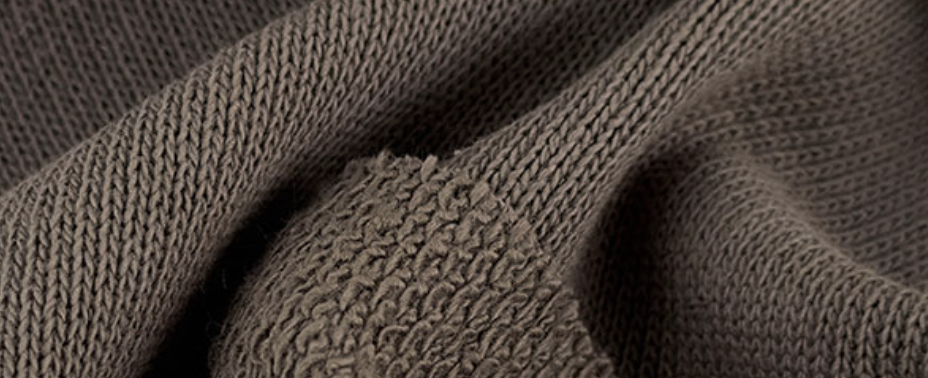
French Terry is a highly underrated fabric that bridges the gap between comfort and performance. It’s smooth on the outside and features soft, looped threads on the inside.
Why Choose French Terry?
- Lightweight and breathable
- Excellent for layering
- Ideal for spring or fall weather
- Dries faster than cotton
French Terry is often used in athleisure hoodies, gym apparel, and fashion-forward casualwear. It’s less bulky than fleece but still provides warmth.
Drawbacks:
- Not as insulating as fleece
- Can feel too lightweight for harsh winters
- Needs high-quality stitching to avoid fraying
Pro Tip: Brands love French Terry because it holds shape well and pairs easily with joggers, shorts, or sweatpants in coordinated sets.
4. Polyester
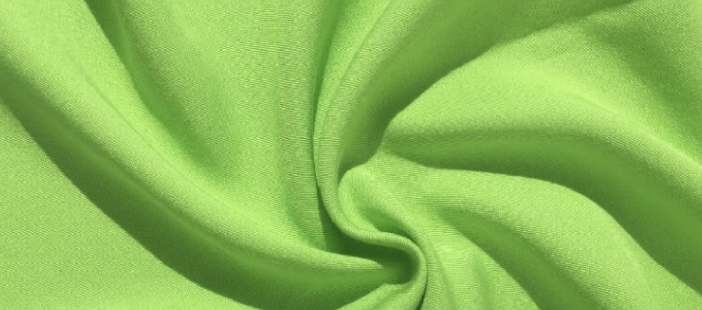
Polyester is a synthetic fiber that’s become a go-to material in modern sportswear and tech apparel. It’s loved for its durability, moisture resistance, and wrinkle-free performance.
Why Choose Polyester?
- Highly resistant to stretching and shrinking
- Dries quickly, ideal for active use
- Keeps shape after multiple washes
- Wrinkle-resistant—great for travel or gym bags
Polyester hoodies are perfect for athletes, gym wear, or brand merch where you want bright colors and printed graphics to last. It’s also a key component in many hoodie blends, offering structure to otherwise soft materials.
Drawbacks:
- Not as breathable as cotton
- Can feel “plastic-y” or less soft
- Tends to retain odors if not washed properly
Pro Tip: Choose brushed polyester blends or moisture-wicking versions for a better feel and improved comfort.
5. Cotton-Polyester Blend
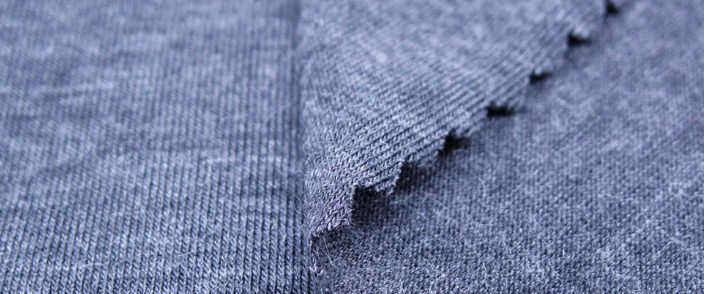
Blends are where things get interesting—because this is where you combine the best of both worlds. A cotton-polyester hoodie blend brings together cotton’s comfort and breathability with polyester’s durability and shape retention.
Why Choose a Cotton-Poly Blend?
- Soft and smooth, often feels better than 100% cotton
- Less prone to shrinking or wrinkling
- Perfect for high-volume printing (screen or DTG)
- Affordable and widely available
Many popular streetwear and lifestyle brands use 60/40 or 50/50 cotton-poly blends for hoodies. They hold color better, keep their fit longer, and feel just right—not too thick or too thin.
Drawbacks:
- May still retain some polyester “shine” or synthetic feel
- Not as eco-friendly unless recycled polyester is used
- Slightly less breathable than pure cotton
Use Case: If you’re launching a clothing line, cotton-poly blends are a safe and reliable option. They’re low-maintenance and suitable for mass production.
6. Recycled Materials
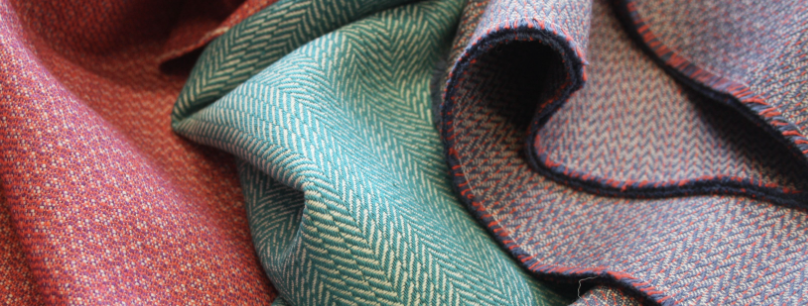
With the growing demand for sustainability in fashion, recycled hoodie materials have surged in popularity. These include RPET (recycled polyester) and organic or recycled cotton, often blended with natural or synthetic fibers to reduce environmental impact.
Why Choose Recycled Materials?
- Eco-conscious—great for green branding
- Usually certified (look for GRS or GOTS tags)
- Reduces textile waste and energy consumption
- Appeals to environmentally-aware consumers
Recycled hoodies are excellent for sustainable fashion brands, nonprofits, or businesses trying to reduce their carbon footprint. They’re often used in branded merchandise where ethics and image are important.
Drawbacks:
- Can be more expensive
- Slightly different texture compared to virgin materials
- Requires careful vetting of suppliers for authenticity
Pro Tip: Partner with a sourcing agent like Simoosourcing, who can connect you with verified manufacturers offering certified recycled hoodie materials.
7. Wool
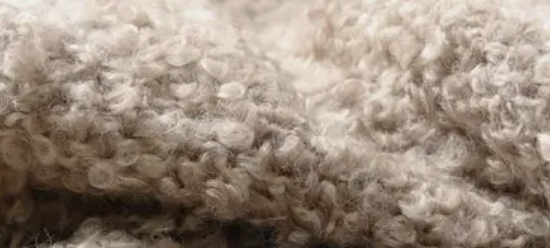
When it comes to natural warmth and premium feel, few fabrics can compete with wool. It’s a classic choice for winter garments and upscale fashion, making it an ideal material for luxury or heritage-style hoodies.
Why Choose Wool?
- Excellent insulation: keeps you warm even in freezing temps
- Natural moisture-wicking properties
- Long-lasting with proper care
- Great texture and weight for structured designs
Wool hoodies are perfect for fall/winter fashion, especially if you’re targeting a luxury or minimalist aesthetic. They feel heavier and offer a classy, almost sweater-like drape that elevates the typical casual hoodie.
Drawbacks:
- Can feel itchy or scratchy on bare skin
- Expensive, especially if using Merino or cashmere blends
- Requires delicate washing or dry cleaning
Pro Tip: Choose lined wool hoodies or blends with cashmere or acrylic for softness. Merino wool is also a premium option for warmth without itchiness.
8. Bamboo Fabric
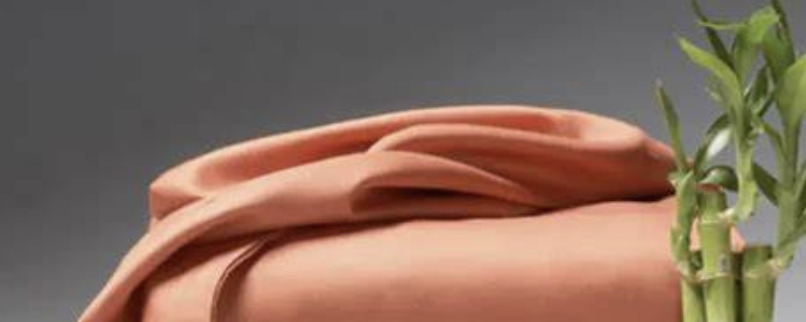
Bamboo fabric is a rising star in the world of sustainable apparel. It’s made by processing bamboo into fibers that are soft, lightweight, and naturally antimicrobial.
Why Choose Bamboo for Hoodies?
- Ultra-soft and breathable
- Antibacterial and odor-resistant
- Eco-friendly and biodegradable
- Thermo-regulating (keeps you cool or warm as needed)
Hoodies made from bamboo fabric are perfect for eco-conscious loungewear, yoga brands, or premium comfort collections. They’re also ideal for people with sensitive skin due to their natural hypoallergenic properties.
Drawbacks:
- More costly than cotton or poly blends
- May not hold structure well over time
- Some versions involve chemical-intensive processing
Use Case: Choose bamboo for premium collections or relaxed-fit hoodies that prioritize feel over formality.
9. Spandex/Elastane Blend
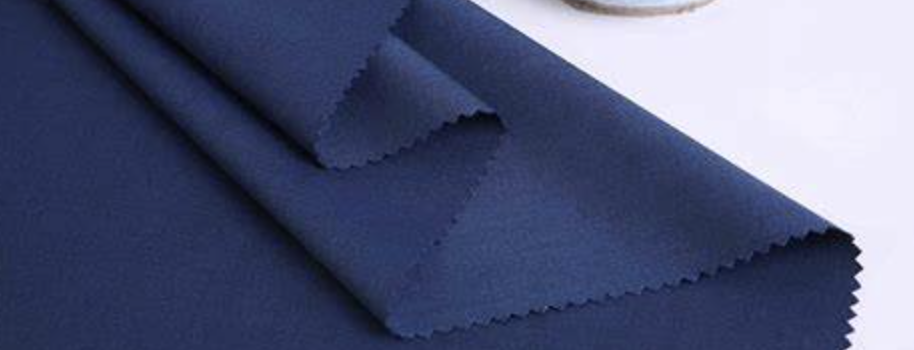
If you’ve ever worn a hoodie that felt extra flexible or fitted, it likely had spandex (aka elastane or Lycra) blended into the fabric. While spandex is never used alone, even a small percentage can totally change how a hoodie fits.
Why Choose Spandex Blends?
- Stretch and recovery (won’t sag or lose shape)
- Adds comfort to athletic or slim-fit styles
- Great for mobility-focused wear like gym hoodies
- Enhances fit for body-hugging or crop styles
Spandex-blended hoodies are common in activewear, fitness fashion, and modern streetwear cuts like tapered sleeves or cropped fits.
Drawbacks:
- Less breathable than 100% natural fibers
- Can wear out faster with excessive heat (wash in cold water)
- Slight synthetic sheen in high-spandex content blends
Pro Tip: Look for 3–7% spandex in cotton or poly base blends for just the right amount of stretch without compromising structure.
10. Nylon
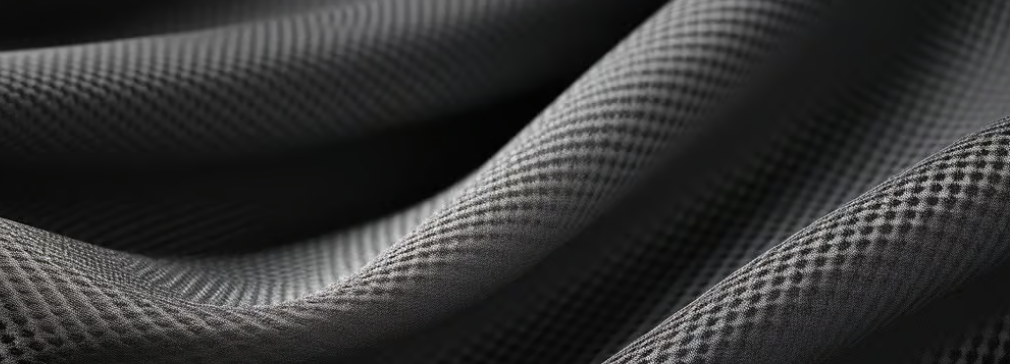
Nylon is typically associated with outerwear, but it’s becoming more popular in techwear and hybrid hoodies, where performance meets fashion. It’s smooth, slightly shiny, and often used in water-resistant designs.
Why Choose Nylon?
- Extremely durable and abrasion-resistant
- Naturally water-resistant
- Lightweight yet strong
- Fast-drying and low maintenance
Nylon hoodies work well in urban or outdoor wear collections, where you’re looking to blend function and fashion. Many are panel-blended, mixing nylon with fleece or cotton for layered effects.
Drawbacks:
- Can trap heat and sweat
- Not breathable on its own
- Often more expensive than polyester blends
Use Case: Ideal for techwear brands, rain hoodies, or performance travel clothing.
Case Study: How Hoodie Material Impacted a Brand’s Success

Let’s take a look at how one fashion startup made it big by choosing the right hoodie fabric.
Brand: UrbanDrip Apparel (fictional example)
Goal:
Launch a streetwear hoodie line targeting Gen Z and millennial consumers focused on comfort, aesthetics, and sustainability.
Challenge:
The team was torn between traditional fleece and a cotton-poly blend with French Terry backing. They tested both through sampling.
Solution:
With the help of Simoosourcing, they sourced a 60/40 cotton-poly French Terry blend that offered:
- Premium softness
- Great printability
- Ideal mid-weight for year-round wear
Result:
- The hoodies sold out in 3 weeks
- Return rate under 2%
- Repeat orders from major urban boutiques
This case proves how fabric choice directly impacts brand perception, comfort, and ultimately—sales.
How to Choose the Right Hoodie Material for Your Needs
Choosing the right hoodie fabric depends on several factors:
✅ 1. Climate
- Cold weather? Go for fleece, wool, or heavier cotton.
- Warmer regions? Opt for French Terry, bamboo, or cotton-poly blends.
✅ 2. Purpose
- Athletic wear: Polyester, spandex blends, French Terry
- Fashion/streetwear: Cotton-poly blends, bamboo, nylon
- Eco-conscious line: Recycled cotton, RPET, bamboo
✅ 3. Fit and Feel
- Want structure? Choose cotton-poly.
- Want softness? Go bamboo or French Terry.
- Need stretch? Add spandex.
✅ 4. Budget
- Tight budget? Polyester or blends.
- Premium line? Bamboo, wool, or high-GSM French Terry.
Pro Tip: Order swatches or samples before full production. Always check GSM (grams per square meter) to gauge thickness and quality.
Simoosourcing: Find Reliable Hoodie Manufacturers in China

If you’re a brand or entrepreneur looking to source hoodies in bulk, choosing the right manufacturer is just as important as choosing the material. That’s where Simoosourcing comes in.
What Is Simoosourcing?
Simoosourcing is a trusted China-based sourcing agent that helps global businesses:
- Find high-quality hoodie manufacturers
- Negotiate prices directly with factories
- Perform quality control inspections
- Arrange custom branding and packaging
- Handle logistics, including shipping to Amazon FBA
Why Use Simoosourcing for Hoodie Sourcing?
- They work with certified textile factories across China
- Help select the best material for your design and budget
- Assist with fabric verification, lab testing, and compliance
- Ensure you avoid common manufacturer scams
- Provide samples before bulk production
Whether you need 100% cotton hoodies, French Terry eco-blends, or custom fleece pullovers, Simoosourcing makes sure you get exactly what you paid for—without the guesswork.
If you’re planning to launch your own hoodie line or scale an existing one, it’s worth investing in a sourcing partner who can deliver both quality and peace of mind.
Common Mistakes When Selecting Hoodie Materials
Even experienced buyers make errors when choosing fabrics for hoodies. Here are the most frequent missteps—and how you can avoid them:
❌ 1. Ignoring GSM (Fabric Weight)
- GSM (grams per square meter) determines thickness and quality.
- Low GSM (under 250) may feel too light or cheap.
- Mid to high GSM (280–360) feels substantial and premium.
Solution: Always ask your supplier for GSM specs before ordering.
❌ 2. Not Considering Shrinkage
- Natural fibers like cotton can shrink 5–10% after washing.
- Fleece and blends shrink less but can still lose shape if not pre-treated.
Solution: Use pre-shrunk fabrics or include a wash-care tag for customers.
❌ 3. Choosing Looks Over Comfort
- Some trendy fabrics look great in photos but feel stiff or rough.
- Nylon or cheap poly blends may disappoint customers.
Solution: Always test wear samples before launching a product line.
❌ 4. Overlooking Pilling Resistance
- Low-quality cotton or fleece may pill after just one wash.
- This impacts how the hoodie looks and feels over time.
Solution: Choose high-quality yarn or blended fabrics that resist wear and tear.
❌ 5. Skipping Recycled or Sustainable Options
- Today’s buyers care about the environment.
- If your hoodie doesn’t align with their values, they’ll buy elsewhere.
Solution: Ask your sourcing agent about recycled or organic material options.
Tips for Testing Fabric Quality Before Ordering in Bulk

Before committing to hundreds or thousands of hoodies, you need to make sure the fabric matches your standards. Here’s how to test it like a pro:
✅ 1. Order Swatches or Samples
- Always get swatches from potential suppliers.
- Feel the texture, stretch, and breathability yourself.
✅ 2. Perform a Stretch Test
- Gently stretch the fabric and see if it returns to shape.
- This is key for spandex blends and slim-fit hoodies.
✅ 3. Wash & Dry Test
- Wash a sample according to its label and check for:
- Shrinkage
- Color fade
- Pilling
- Stitch unraveling
✅ 4. Check Stitch Density
- High-quality hoodies have tight, even stitching.
- Count stitches per inch—more stitches mean better durability.
✅ 5. Look for Certifications
- For eco fabrics: GRS, GOTS, OEKO-TEX
- For safety: CPSIA, especially if you sell in the U.S.
Pro Tip: Use Simoosourcing to handle fabric testing, certifications, and pre-shipment inspections.
Conclusion
Choosing the right hoodie material isn’t just about comfort—it’s about style, performance, durability, and brand identity. From cozy fleece to eco-friendly bamboo, every fabric has its own strengths.
Here’s a quick recap of what you’ve learned:
- Cotton is great for softness and breathability.
- Fleece is your go-to for cold weather.
- French Terry bridges the gap between comfort and sport.
- Polyester works for activewear and moisture control.
- Blends offer balance, especially for fashion or branding.
- Recycled, wool, bamboo, and nylon offer specialized benefits for niche markets.
And remember—read this review before you buy, especially if you’re sourcing in bulk or building a clothing brand.
Working with a partner like Simoosourcing ensures you get reliable manufacturers, quality fabrics, and smooth international delivery—so you can focus on design and sales.
FAQs About Hoodie Material
1. What’s the warmest hoodie material?
Wool and fleece are the warmest materials. Wool offers better natural insulation, while fleece is lighter and great for layering.
2. Is 100% cotton good for hoodies?
Yes, it’s soft, breathable, and comfortable—but it can shrink and wrinkle more than blends. Ideal for casual and everyday wear.
3. Are recycled hoodie materials worth it?
Absolutely. They reduce environmental impact and appeal to eco-conscious customers. Just ensure the material is certified.
4. How do I prevent hoodie shrinkage?
Use pre-shrunk materials, follow wash instructions, and avoid high-heat drying.
5. Where can I source custom hoodies?
You can use Simoosourcing, a reliable sourcing agent in China, to help find certified hoodie manufacturers offering custom fabrics, branding, and packaging.

